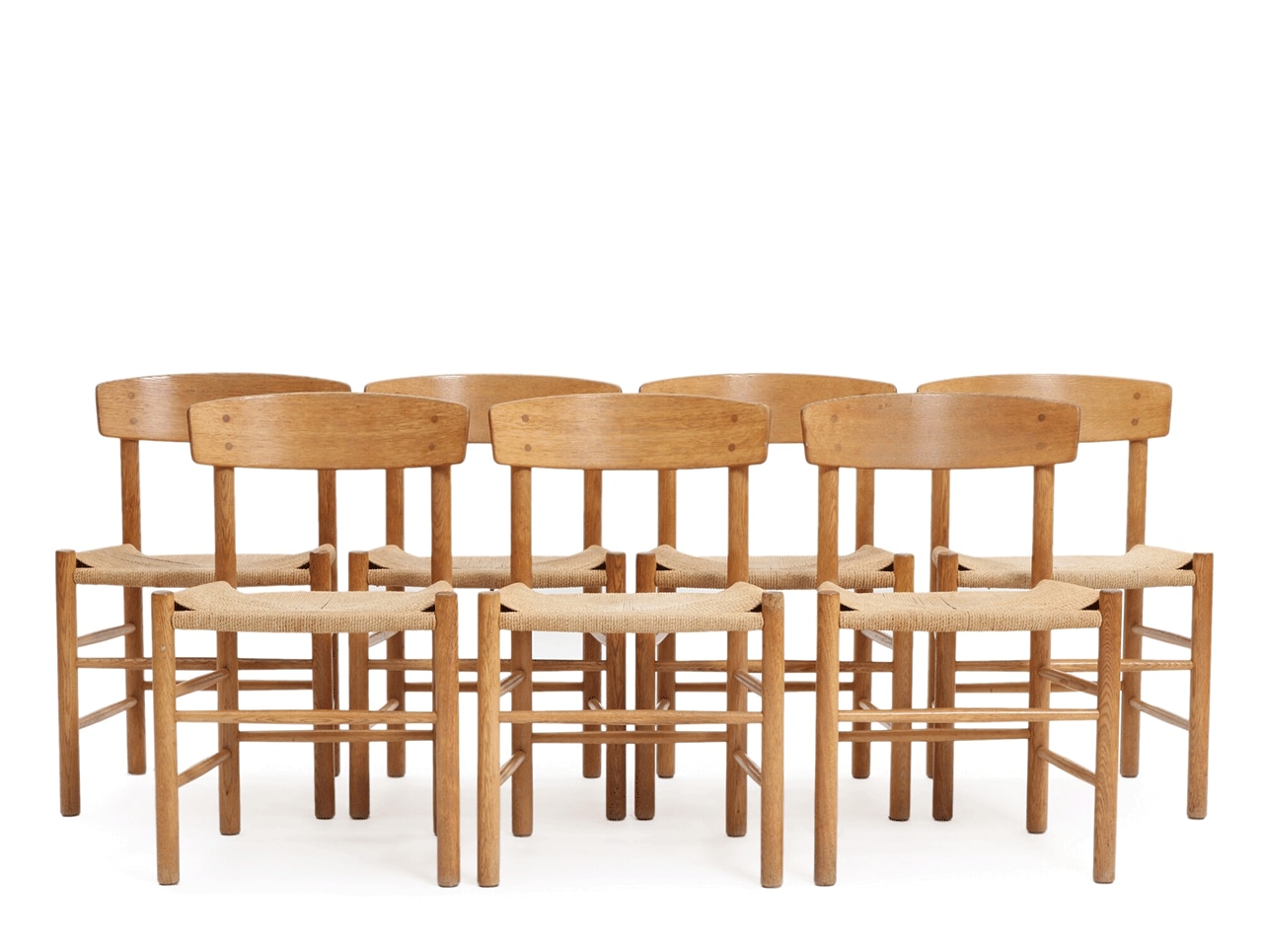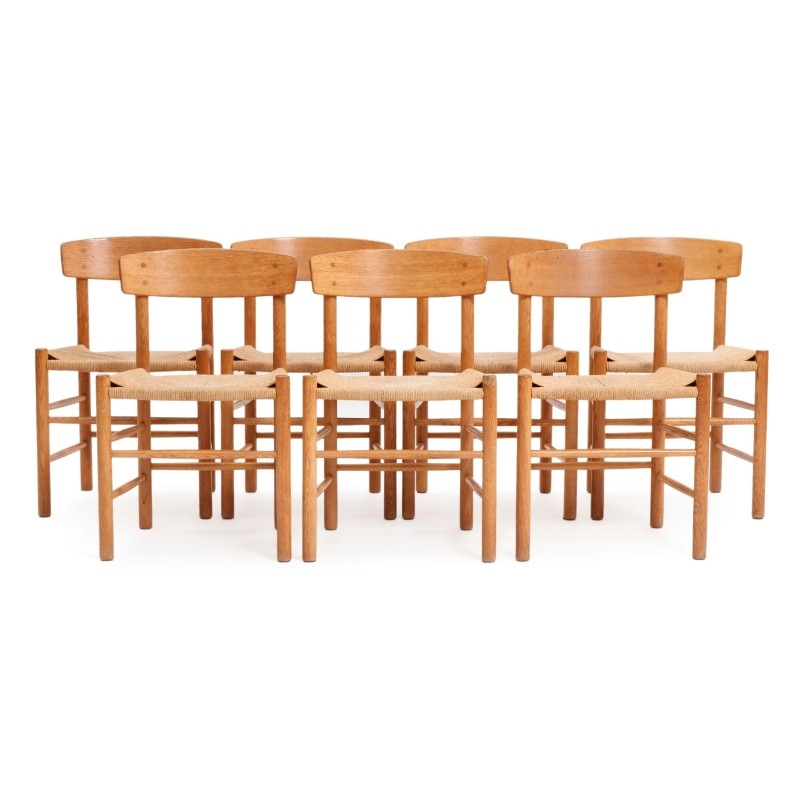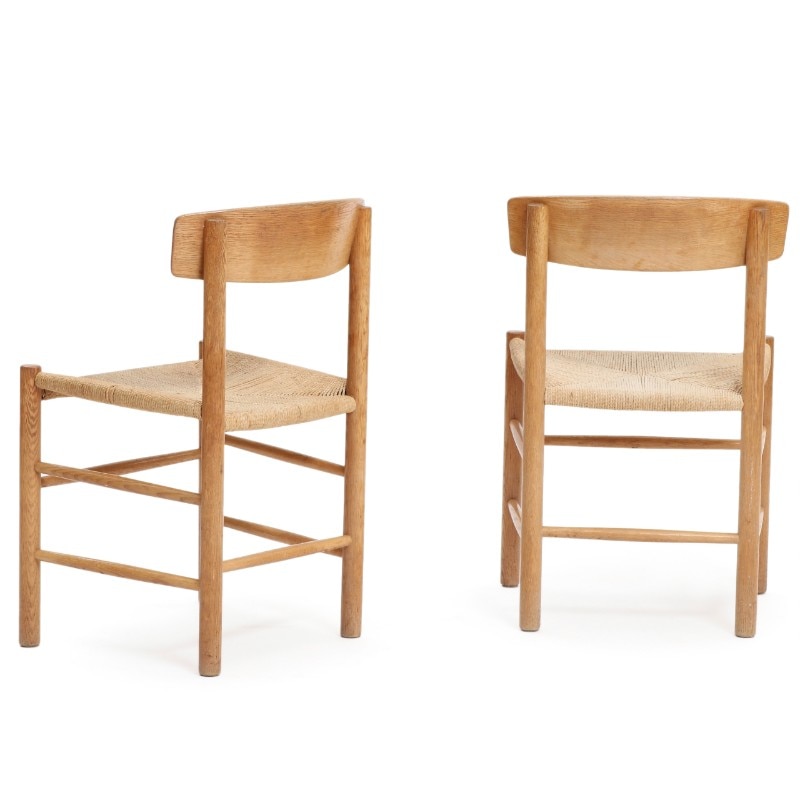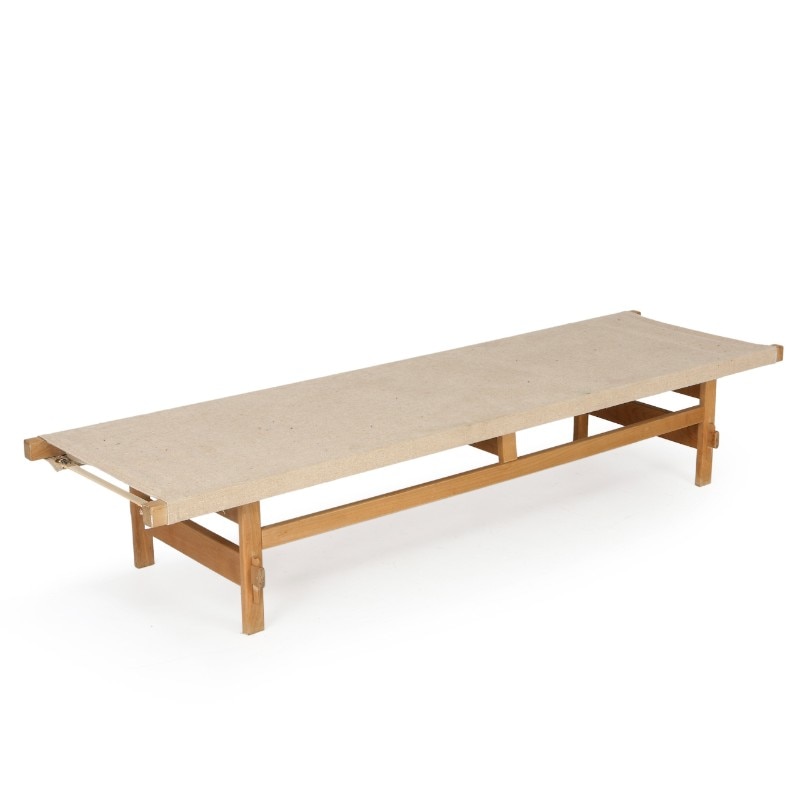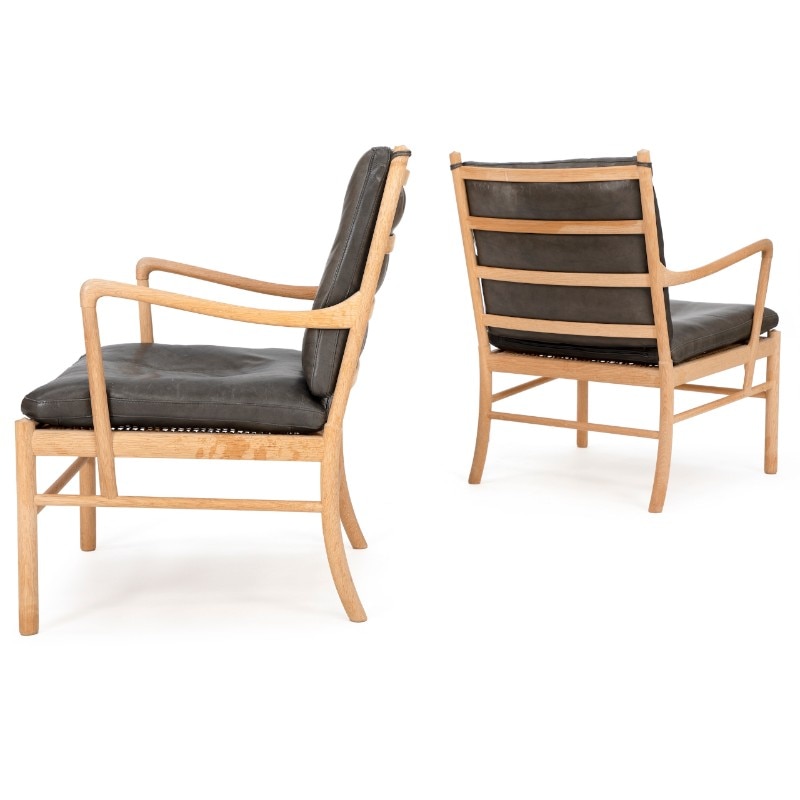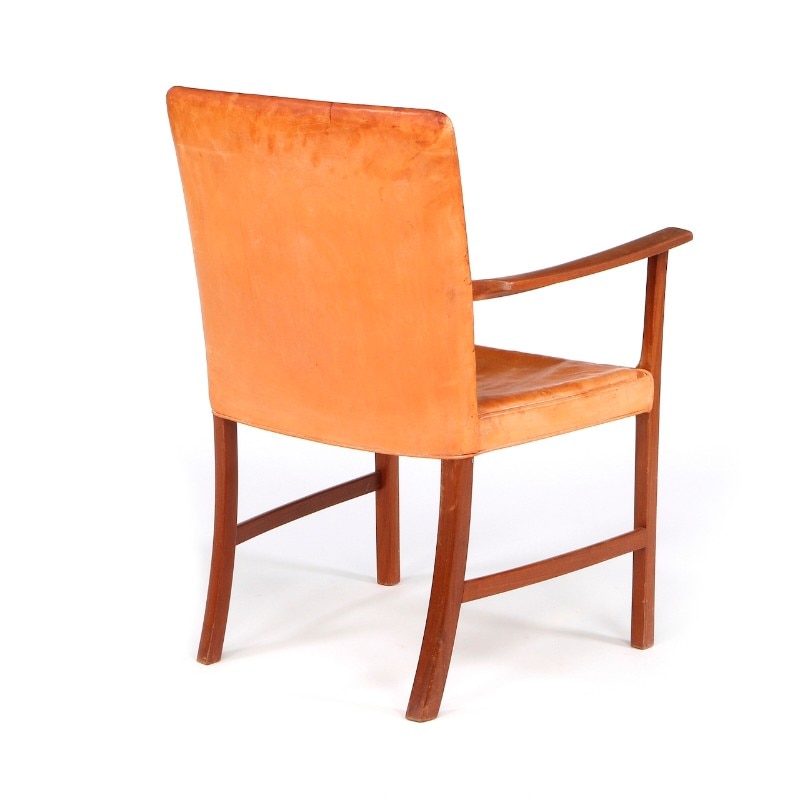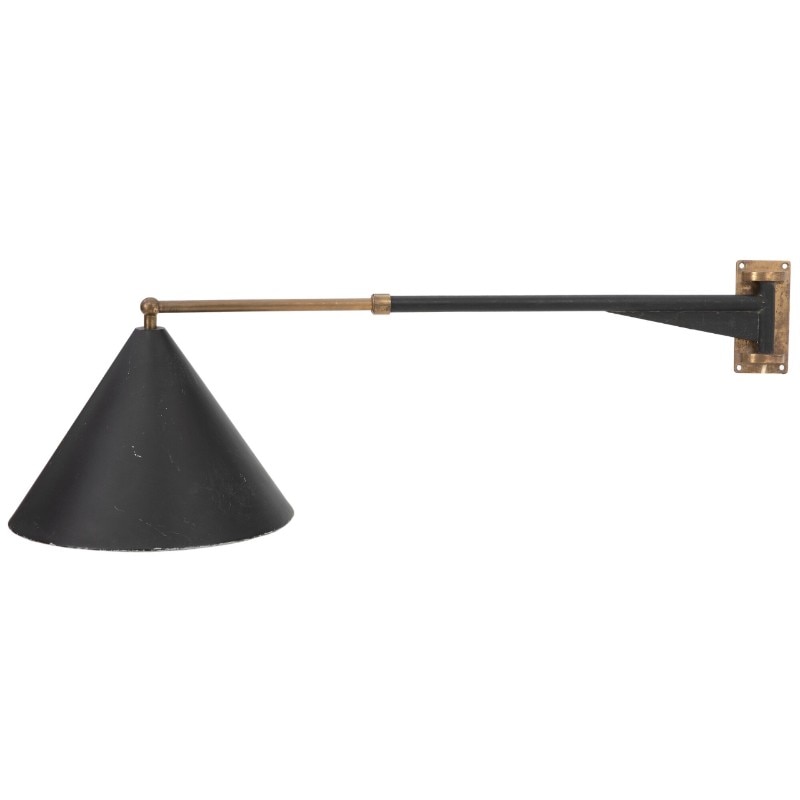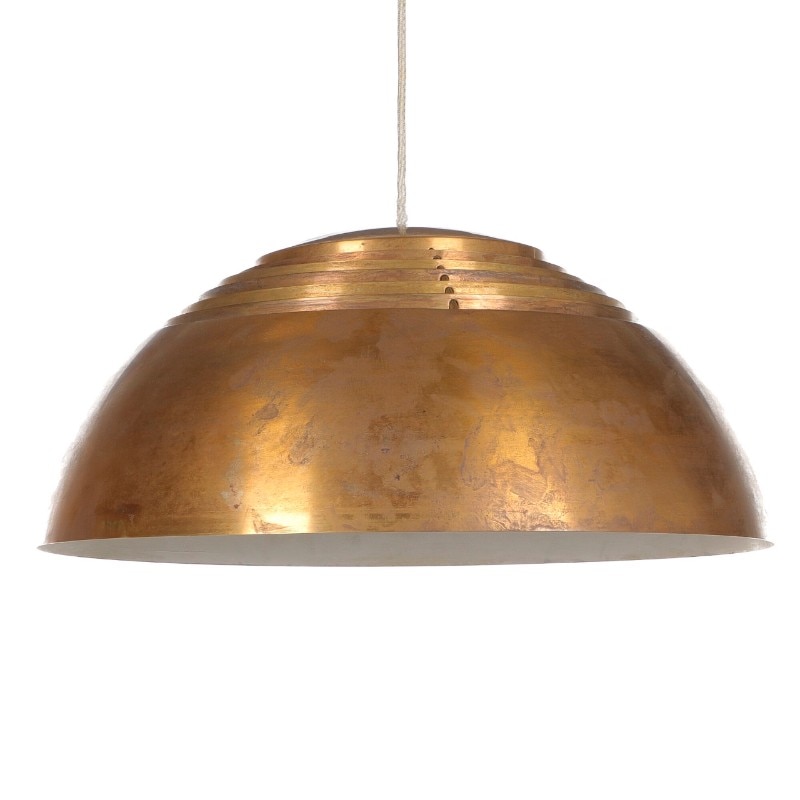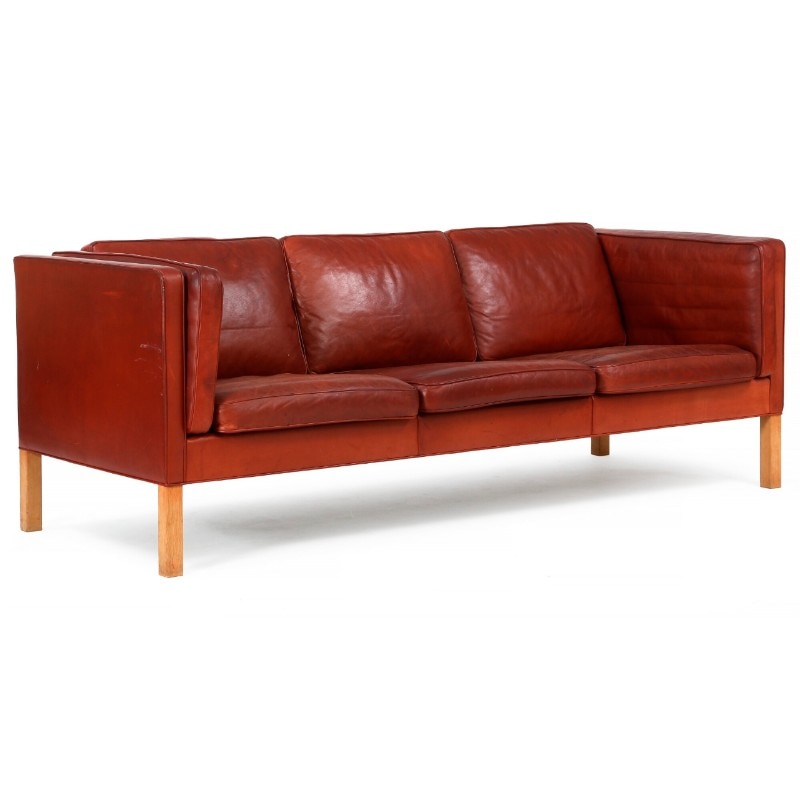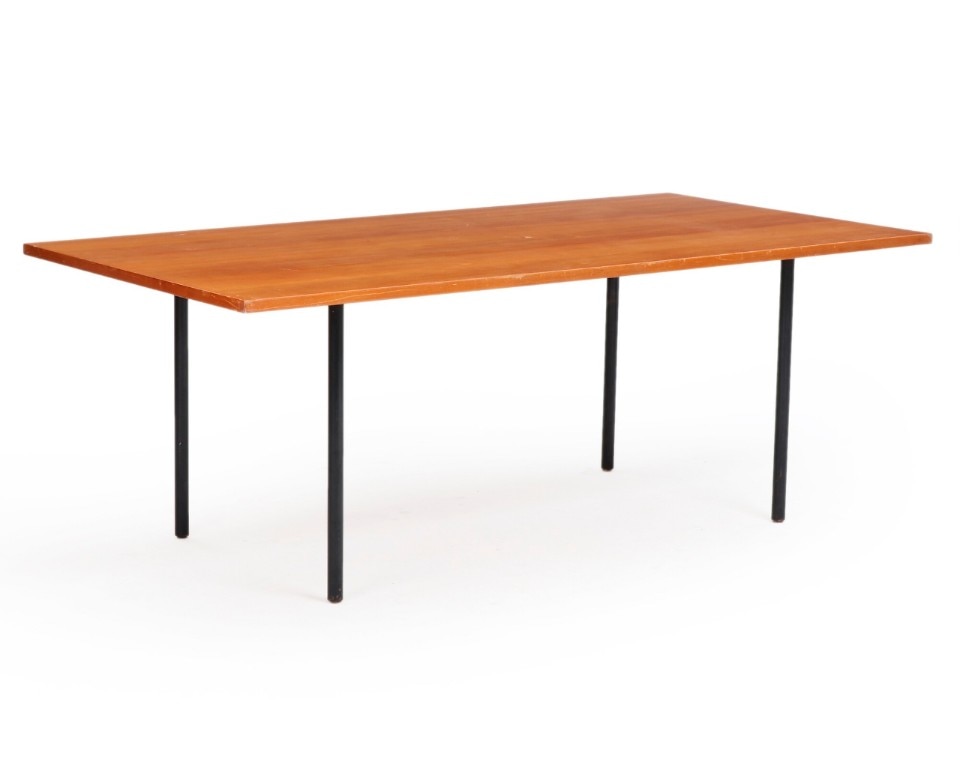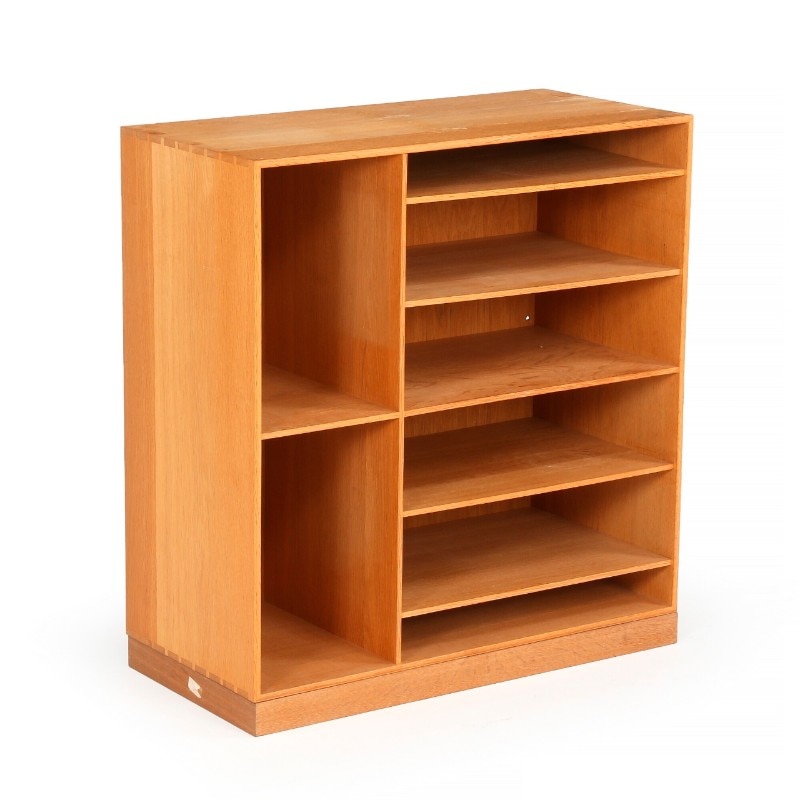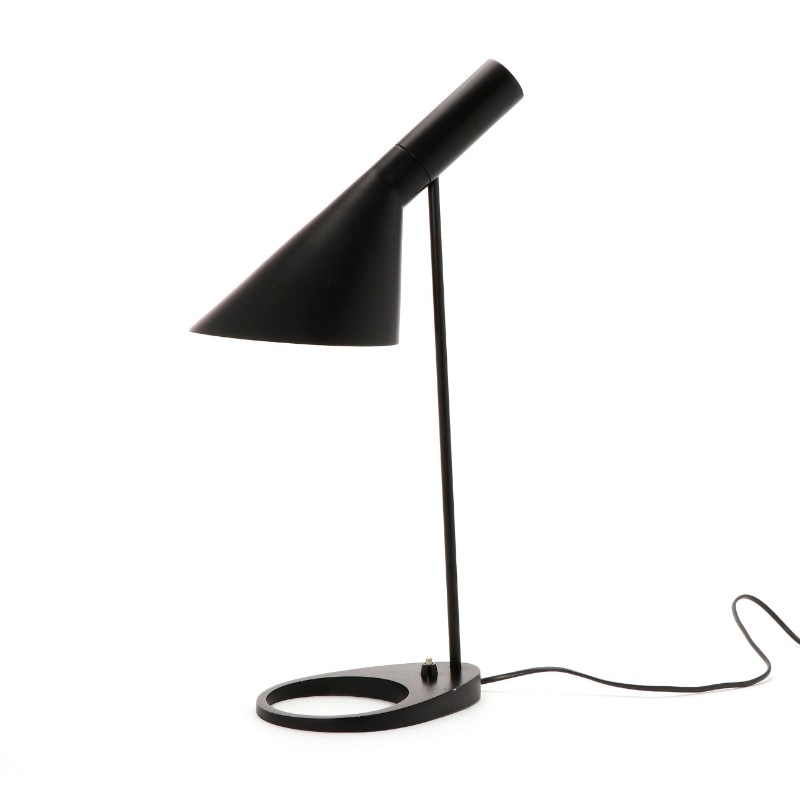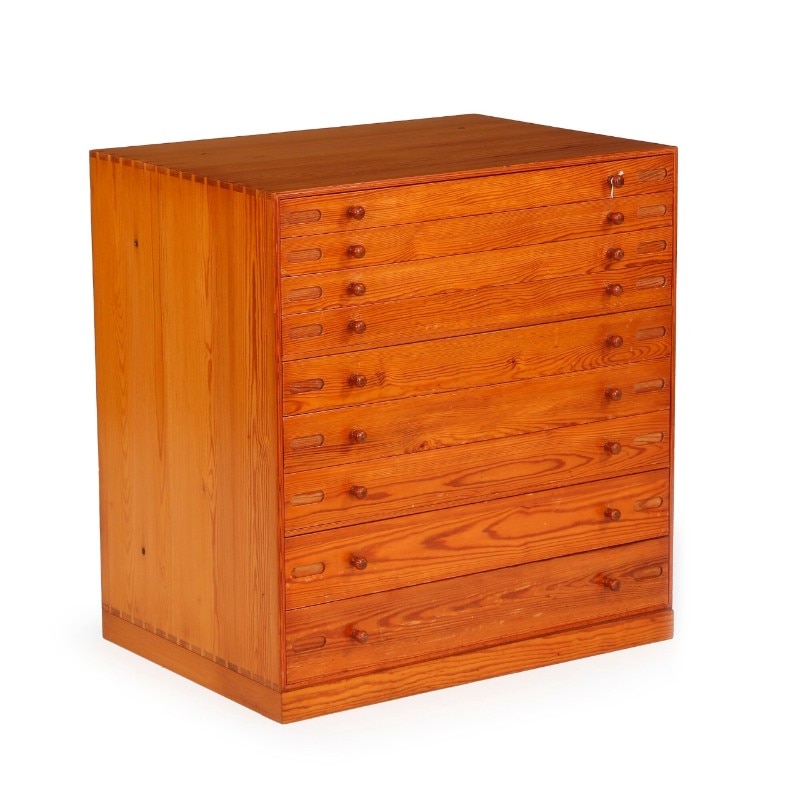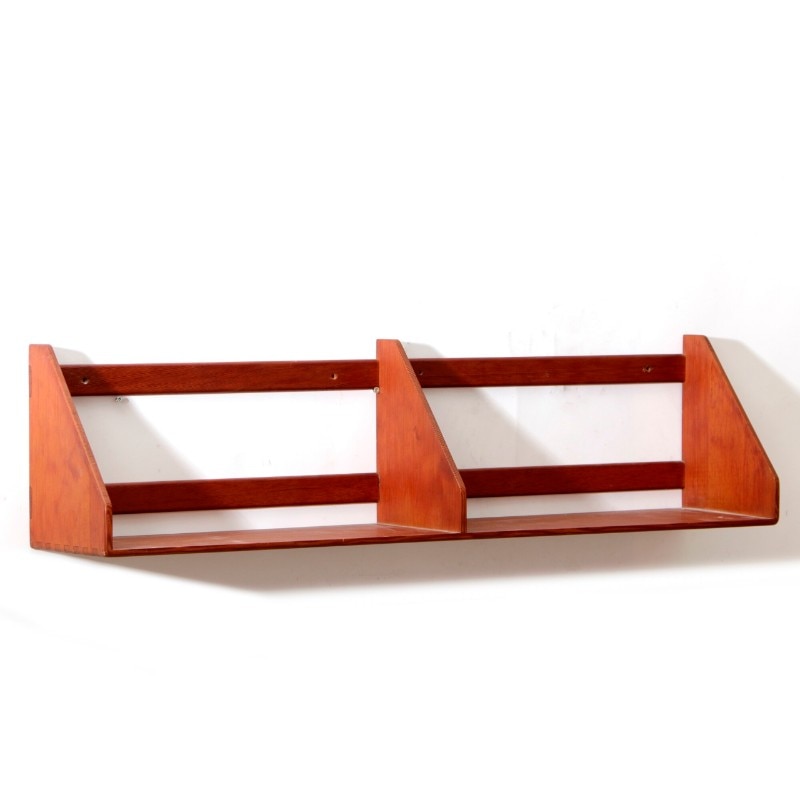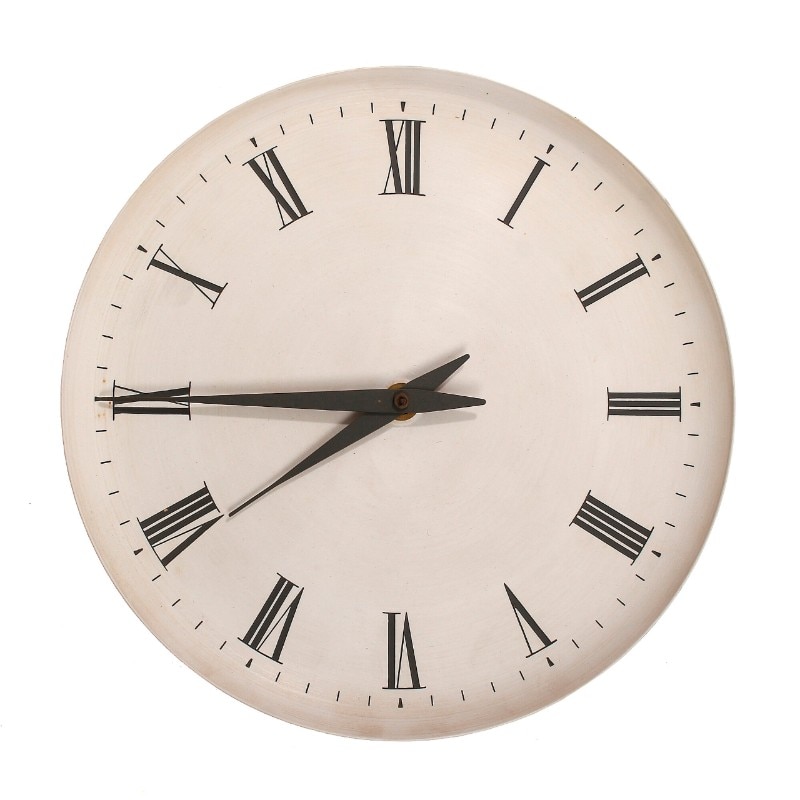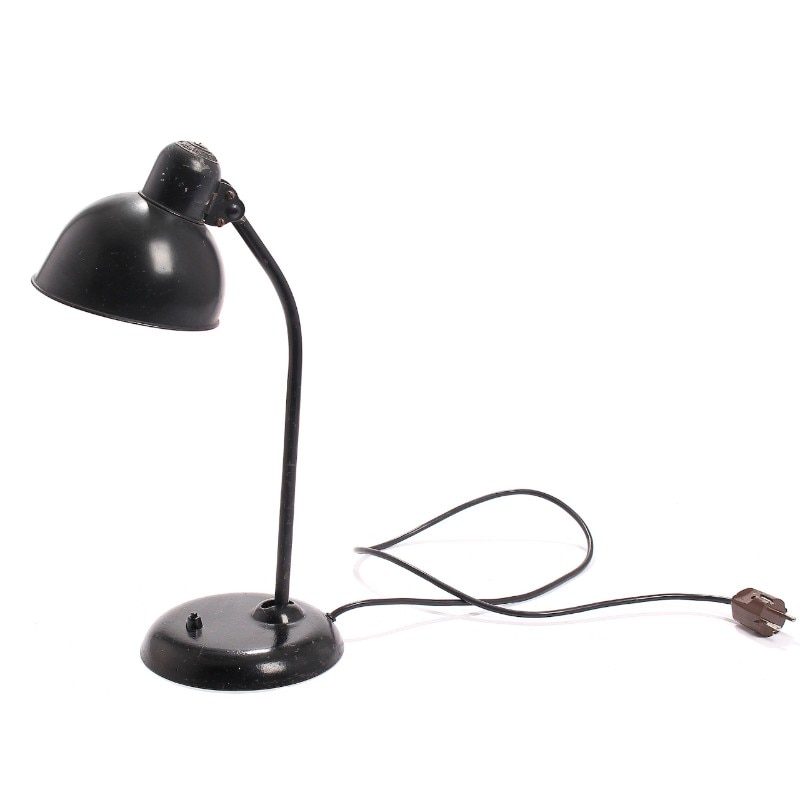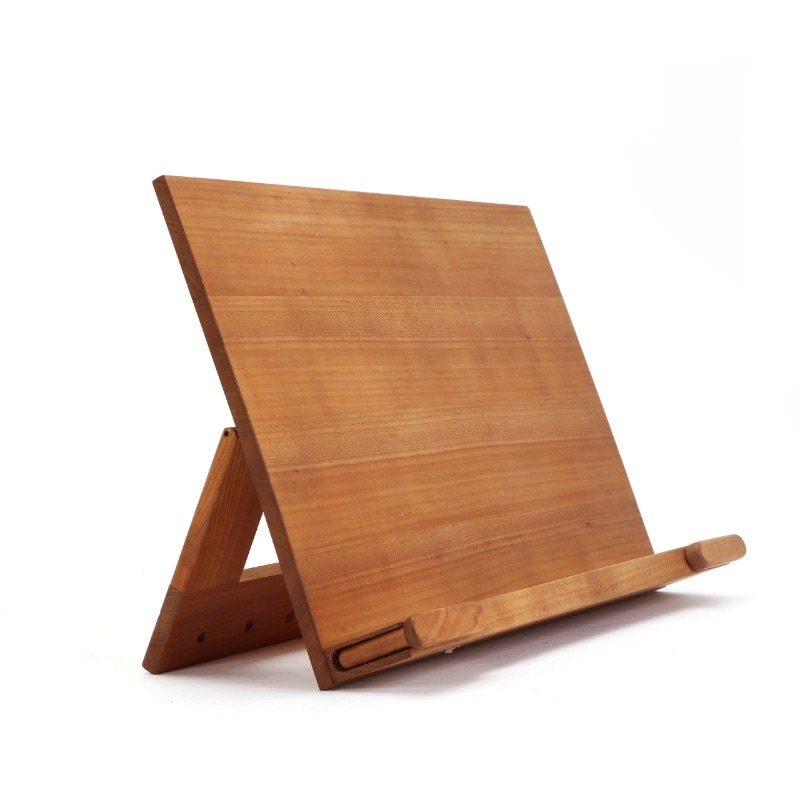This article was originally published on Domus 1049, September issue
Has there ever been in the long and moderately distinguished profession of furniture design a period of greater consistency, excellence and sophistication than that of Danish design from the 1920s to the end of the 1960s? There are many lessons to be learned from this extraordinary period of advancement in Design and in the understanding of what it can do for us.
There appear to be multiple factors involved in the alignment of Danish society with what the designers and craftsmen chose to offer them. A public with appetite and awareness for the aesthetic revolution which was about to unfold was an essential requirement for it to succeed. The Japanese designer Takako Murakami, who studied furniture design in Copenhagen under Ole Wanscher in the late 1960s has listed them in an inciteful essay included in the book Danish Chairs compiled by the ultimate collector of them, Japan’s Noritsugu Oda.
The earliest of these influences was the setting up of the Folk High School, which responded to the belief of an influential Lutheran pastor, Nikolai Grundtvig (1783-1872), that all people deserved an education, including adults and in particular tenant farmers. He wanted to inspire the confidence in them to take up cultural interests in art, music and literature. The first school opened in 1844.
Today there about 60 of them available to all ages and providing short term courses, many of them relating to cultural subjects. The timing of this endeavour was auspicious, as Christian Olesen notes in his book The Danish Chair. The Great Exhibition in London opened in 1851 and the Danish equivalent, the Museum of Art & Design, in 1890. While the rest of continental Europe was obsessing with throwing out the past, the Danish educational model was very much focused on learning from the past. Denmark was slower to industrialise than other European countries and the Protestant peasant culture which pervaded “was never particularly wealthy, thrift, and optimal use of material resources have always been second nature, a feature that was well aligned with the minimalism characterising international modernism.”
Part of the universal appeal of Danish Design may be that it drew inspiration from all cultures and all ages, synthesizing their archetypes into contemporary models with deep meaning
A similar somewhat religious work ethic to the Shaker movement which at its peak (1820-1860) produced furniture with many of the attributes admired by the Danish, the roots of which came from English folk furniture of the mid to late 18th century. The ladder back chair being the prime example, which the Shakers produced in some volume and which later became a theme for several Danish designers, most notably Kaare Klint, widely considered the father of Danish design whose Church Chair of 1936 was a revival both of the Shaker models as well as the original English folk examples and in particular certain Arts and Crafts chairs designed later by Ernest Gimson in the 1890s which have all the ingredients of the Danish recipe, clean lines, good craftsmanship and an essential nature which combined to provide them with an aura of modest perfection.
The second influence was the Farmers Cooperative, set up in 1880, which gained national economic importance through the export of agricultural equipment, much of it hand crafted. This link with craftsmen producers was later to lead to the comissioning of designers to design chairs to be sold through its retail network which by 1913 consisted of 1526 stores. One of best examples of this was the Borge Mørgensen’s People’s Chair, the J-39 of 1944, one of the world’s greatest chair designs and still a prolific seller in the capable hands of Mørgensen’s main manufacturer, Fredericia, since 2005. With this design Mørgensen sought to develop Kaare Klint’s Church chair (and Mediterranean rural models) by further simplifying it, reducing it to the most elemental structure and substituting the four horizontal back slats with a single angled curve of slim wood which provides excellent comfort. Another fine example being the relatively unknown 1957 Dining Chair by Ejvind Johansson.
Further influence came from the Museum of Art and Design and the School of Arts and Crafts which was located there, where study of historical models was promoted by Kaare Klint who trained the teachers while acting as professor at the Danish Royal Academy of Arts. Both schools insisted on rigorous testing of drafting skills, quality of craftsmanship and historical studies. Kaare Klint’s attitude to teaching was unusual in that he rejected the international modernism which was popular elsewhere in Europe (and which discarded historical models in a quest for designs for the machine age) in favour of the study of historical archetypes which had developed out of everyday needs and the long chains of development of traditional models. Klint gathered examples from China and England and elsewhere to form the Museum’s collection and these became the basis for study at the school there. Part of the universal appeal of Danish Design may be that it drew inspiration from all cultures and all ages, synthesizing their archetypes into contemporary models with deep meaning, tested by time and made lasting by the equally important and historically acquired skill of Danish craftsmen. Adding to these impres sidered the father of Danish design whose Church Chair of 1936 was a revival both of the Shaker models as well as the original English folk examples and in particular certain Arts and Crafts chairs designed later by Ernest Gimson in the 1890s which have all the ingredients of the Danish recipe, clean lines, good craftsmanship and an essential nature which combined to provide them with an aura of modest perfection.
The second influence was the Farmers Cooperative, set up in 1880, which gained national economic importance through the export of agricultural equipment, much of it hand crafted. This link with craftsmen producers was later to lead to the comissioning of designers to design chairs to be sold through its retail network which by 1913 consisted of 1526 stores. One of best examples of this was the Borge Mørgensen’s People’s Chair, the J-39 of 1944, one of the world’s greatest chair designs and still a prolific seller in the capable hands of Mørgensen’s main manufacturer, Fredericia, since 2005. With this design Mørgensen sought to develop Kaare Klint’s Church chair (and Mediterranean rural models) by further simplifying it, reducing it to the most elemental structure and substituting the four horizontal back slats with a single angled curve of slim wood which provides excellent comfort. Another fine example being the relatively unknown 1957 Dining Chair by Ejvind Johansson.
Further influence came from the Museum of Art and Design and the School of Arts and Crafts which was located there, where study of historical models was promoted by Kaare Klint who trained the teachers while acting as professor at the Danish Royal Academy of Arts. Both schools insisted on rigorous testing of drafting skills, quality of craftsmanship and historical studies. Kaare Klint’s attitude to teaching was unusual in that he rejected the international modernism which was popular elsewhere in Europe (and which discarded historical models in a quest for designs for the machine age) in favour of the study of historical archetypes which had developed out of everyday needs and the long chains of development of traditional models. Klint gathered examples from China and England and elsewhere to form the Museum’s collection and these became the basis for study at the school there. Part of the universal appeal of Danish Design may be that it drew inspiration from all cultures and all ages, synthesizing their archetypes into contemporary models with deep meaning, tested by time and made lasting by the equally important and historically acquired skill of Danish craftsmen. Adding to these impressive factors, in 1927 furniture makers initiated the Copenhagen Cabinetmakers’ Guild Exhibition in a bid to defend their business from the predatory invasion of German manufacturers’ industrially produced furniture which was proving affordable and popular. The exhibition was open to the public and provided the furniture makers with a platform to test their new ideas with prospective customers. They began to team up with designers in order to sharpen their offerings.
The results were positive, initially leading to improved domestic sales and later on to international awareness and an impressive export market as the cabinet makers like Rudolph Rasmussen teamed up with designers Kaare Klint, Mogens Koch, later with Borge Mørgensen and even Poul Kjaerholm. The well deserved success of this formula transformed these cabinet makers’ workshops into manufacturers of finely crafted furniture masterpieces that remain fresh and relevant to contemporary life while many of the better know “icons” of design produced elsewhere have faded.
The images accompanying this text are no more than a snapshot of the achievements discussed here, consisting of some pieces which I have bought over the last years from the Brunn Rasmussen Auction House in Copenhagen. It might seem strange that a designer should choose to buy what some might consider antiques but my interest in them is to absorb some of the secret of their longevity and ability to provide so much good atmosphere in the home.
Founder of Jasper Morrison Ltd, (London, Paris and Tokyo), Jasper Morrison designs an over-expanding range of things for Vitra, Cappellini, Flos, Magis, Marsotto, Emeco, Punkt, Camper and Muji, among others. He has published many books and curated several exhibitions.
Architect, journalist and curator, Francesca Picchi lives in Milan. Curated exhibitions include "Enzo Mari. El treball al centre" (Centre d'art Santa Mònica, Barcelna, 1999) and "Riccardo Dalisi: la funzione del pressappoco nell'universo della precisione" (Triennale Design Museum, Milan, 2017).


